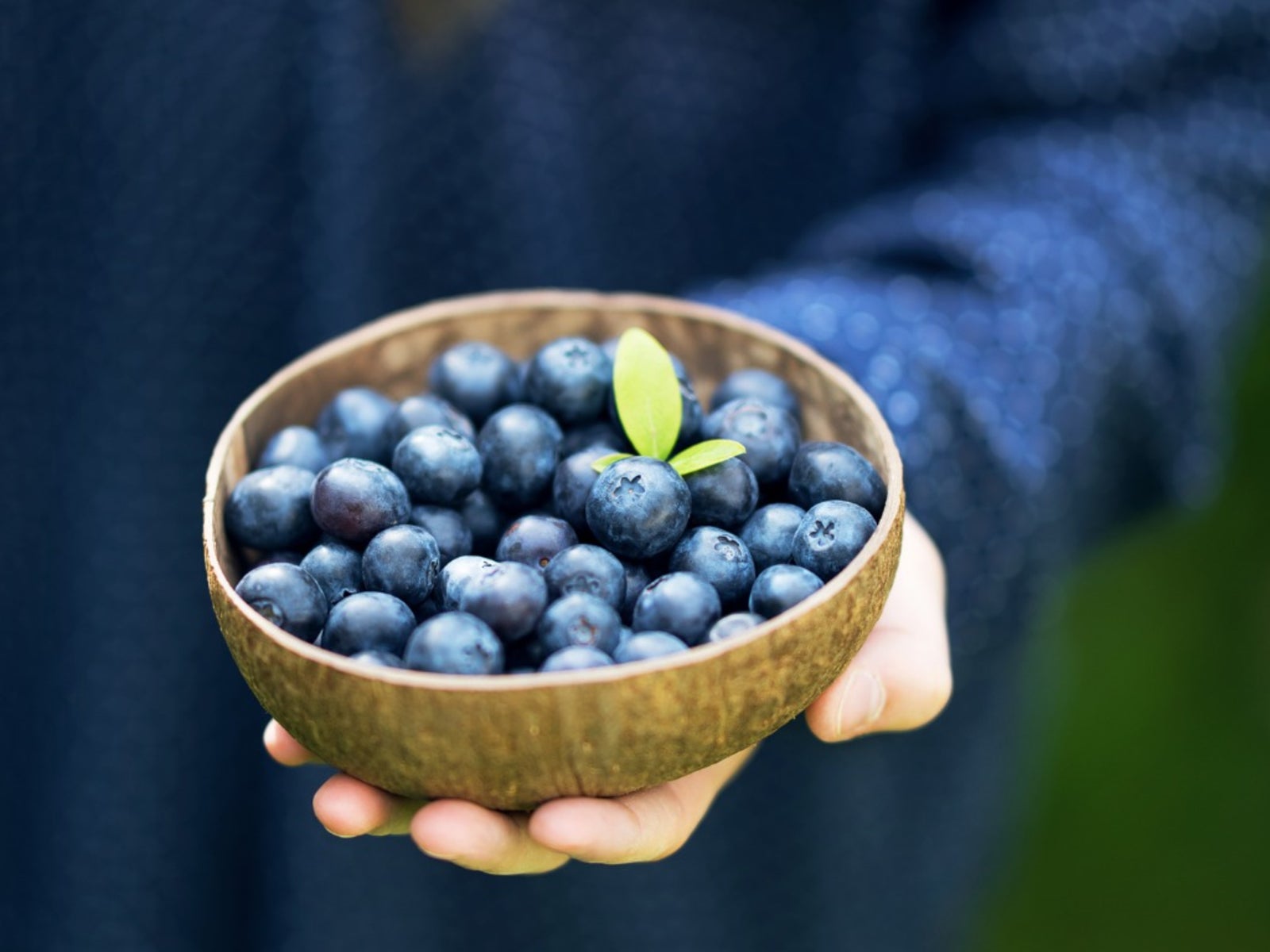Grainy Tasting Blueberries: What To Do When Blueberry Plants Are Grainy Inside


Blueberries are primarily temperate zone plants, but there are varieties for the hot southern climates. They ripen at the end of a nice hot summer and should be picked when they are full and juicy with deep blue color. Occasionally, the fruit from blueberry plants is grainy on the inside. This may be a cultural, environmental, varietal, or disease-related issue. It is best to grow varieties suited for your zone and watch the plants carefully for problems. Grainy blueberries can still be used for jams but the texture is not as pleasant for eating fresh.
What are Grainy Blueberries?
Grainy-tasting blueberries are distasteful and ruin a handful of fresh-picked, juicy fruit. The condition affects the fruit of the plant and causes the berries to be overly mushy and granular inside instead of juicy. The flavor is still sweet and actually may be overly sweet if the flesh has sugared because it was exposed to excessive heat or was left on the bush too long. Grainy blueberries are sometimes confined to just part of the plant but may affect the entire bush.
Growing Blueberry Problems
Blueberry bushes start leafing out in early spring and flower in late spring. Small drupes form and swell as the summer sun ripens them. The fruits need plenty of water but tend to get fungal issues if not treated or when water is applied overhead in hot, humid weather. Fungal diseases can affect the roots, stems, leaves, and fruit. Some of the more common growing blueberry problems are Anthracnose, Alternaria, Phomopsis, and Phyllosticta. Culturally the bush fruit may be adversely affected by too much heat, excess moisture which splits the berries, chemical injury, and freezing.
What to Do if Blueberries Have Grainy Texture
Prevention is crucial. Once the berries have turned rough inside, you can't undo the situation. The next season you need to apply a fungal spray or monitor the plants and treat them with a non-toxic baking soda and water treatment. Do not water overhead but instead apply irrigation to the base of the plant. You may also simply be harvesting the fruit too early. Wait until they have a slight give and no sign of red. The ashy coloring should be mostly gone and a true blue color is evident. If you harvest too early, some blueberries have a grainy texture and a sour taste. Grainy-tasting blueberries may be made into a jam, but watch for and discard any moldy berries. Prune your plants in late winter to early spring the next year and fertilize with a slightly acidic fruit tree food. Make sure the plants are in full sun with some protection during the hottest part of the day. Use a light mesh net to prevent birds from eating all the good fruit. Cover the plants if frost is expected, as this is a common cause of grainy tasting blueberries. Apply a spray fungicide at greening and another application should be done 10 days later.
Sign up for the Gardening Know How newsletter today and receive a free copy of our e-book "How to Grow Delicious Tomatoes".

Bonnie Grant is a professional landscaper with a Certification in Urban Gardening. She has been gardening and writing for 15 years. A former professional chef, she has a passion for edible landscaping.